Filaflex 70A
Flexibles Filament Filaflex 70A, 'Ultra-Soft', ist ein hochelastisches und fortschrittliches Filament aus der Filaflex-Reihe für 3D-Drucker.
- Shore-Härte 70A
- 900 % Dehnung
- Sehr hohe Elastizität
- Geruchsneutral
- Kein heißer Drucktisch erforderlich
- Hergestellt in der EU
Flexibles Filament Filaflex 70A, 'Ultra-Soft', ist ein hochelastisches TPU-Filament (Thermoplastisches Polyurethan), das in seinen Eigenschaften mit Silikon vergleichbar ist. Es hat eine Shore-Härte von 70A und erreicht bis zu 900 % Bruchdehnung. Sein Hauptvorteil ist, dass er nach dem Dehnen in seine ursprüngliche Form zurückkehrt, ohne sich zu verformen oder zu brechen. Flexibles Filament Filaflex 70A ist nicht für All Metal Hotend geeignet, da das Filament stecken bleiben und nicht richtig fließen kann. Wenn Sie jedoch Zweifel haben, fragen Sie uns und wir werden Sie beraten.
Die Filamente der Filaflex-Reihe zeichnen sich durch ihre große Haftfähigkeit auf dem Drucktisch aus, so dass sie keinen heißen Tisch, kein blue tape, kein Kaptonband, keinen Lack und keine anderen Sprühkleber benötigen. Außerdem sind sie geruchsneutral und beständig gegen bestimmte Arten von Lösungsmitteln und Kraftstoffen. Beim Drucken sind andere Vorgehensweisen erforderlich als bei starren Filamenten. Dazu muss der 3D-Drucker entsprechend konfiguriert werden.
Anwendungen
Flexibles Filament Filaflex 70A ist ungiftig und der Hautkontakt ungefährlich. Für medizinische oder lebensmitteltechnische Verwendung ist eine konkrete Nachfrage vonnöten. Es können damit Stücke, die eine hohe Elastizität erfordern, kreiert werden, wie:
– Einlagen: orthopädische Einlagen.
– Prothesen und Organmodelle: Prothesen von Armen, Händen, Organen zur Simulation von chirurgischen Eingriffen,...
– Objekte und flexible Bestandteile für die Industrie, Automobilherstellung: Stoßfänger, Gelenke, Reifen, Greifer...
– Textilteile und Accessoires: Bekleidung, Stoffe, Bedrucken von Kleidungsstücken, Taschen, Ohrringe,...
– Schuhe: Sohlen, Schuhe, Sandalen, Hausschuhe,...
Erfahren Sie, wie Sie Filaflex 70A mit dem Bambu Lab P1P/P1S Drucker in diesem Video-Tutorial drucken
Zusammenfassung
(7 Bewertungen)
Wählen Sie eine Zeile aus, um Bewertungen zu filtern.
Color seems to make a difference
It is a good filament very stretchy and resistant to tear with high elasticity, very difficult to deform permanently without heat.
The problem I have is it's tendency to clog and the need to constantly clean the gears of my extruder. It also has a very high humidity absorption.
All of this problems are explained by the company the only issue I have noticed is that the skin colored filament clogs frequently and it has been imposible to use. I have no issues with transparent and black
Buon filamento molto morbido e resistente e neppure troppo diffi
Buon filamento molto morbido e resistente e neppure troppo difficile da stampare con i soliti accorgimenti tipici dei filamenti flessibili. Usato per stampe funzionali in contato con acqua calda e detersivo. Sono soddisfatto.
Good Filament
It's a good filament and can be printed on a Prusa i3 Mk3S at 20 mm/s. It's *extremely* tear resistant. Don't heat the PEI bed and maybe use Kapton tape, else it will be nigh impossible so separate. However, 1 star is lost due to claiming it being resistant to acetone and solvents. I'm really a bit confused here, because it actually dissolves really happily in acetone and even ethanol. Can be a good thing though, if you accidentally welded it to your build plate...
Filaflex 70A in an upgraded Ender 3 Printer
My experience with 70A has been very steady so far. It’s been difficult but nothing I haven’t been able to handle yet. There have been many test prints and calibration prints. But I now have my 70A settings just how I like them. My printer is an old ender 3 with some upgraded bits. I’m running a microswiss direct drive kit, an e3d v6 hotend(attached to the microswiss cooling block), a PEI bed, and a silent motherboard. Most importantly though, is the 0.6mm nozzle. I had clogging issues occasionally on a 0.4mm and printing times were very long. But I’ve been able to print smoothly and consistently at a rate of 30-40% faster in most cases. My setup probably isn’t very optimal or effective for the time and effort it requires, but it’s been fun to grow my printing capabilities and knowledge through building it.

 de
de  es
es en
en fr
fr it
it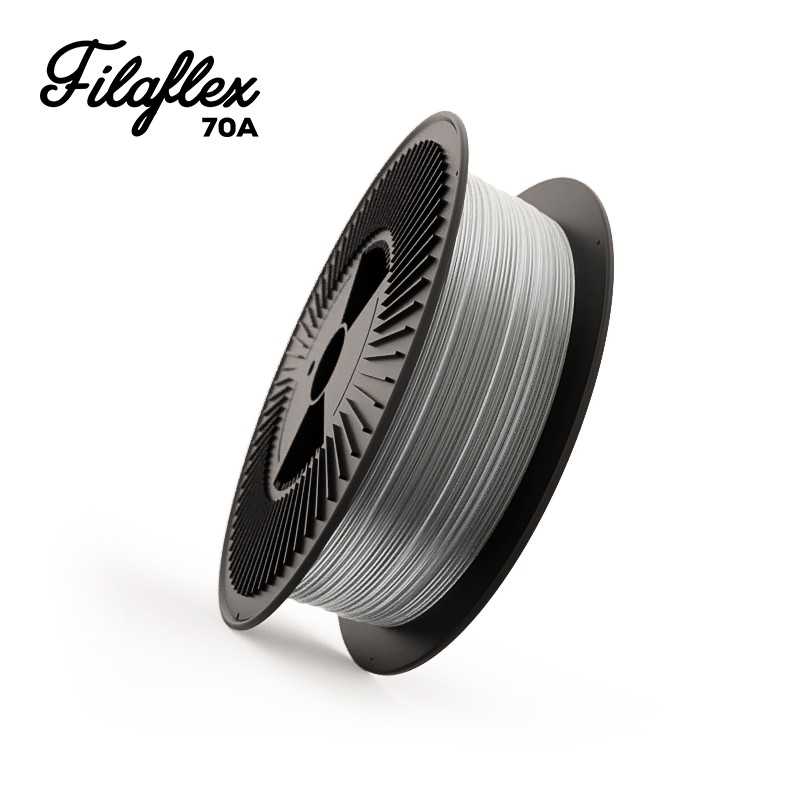






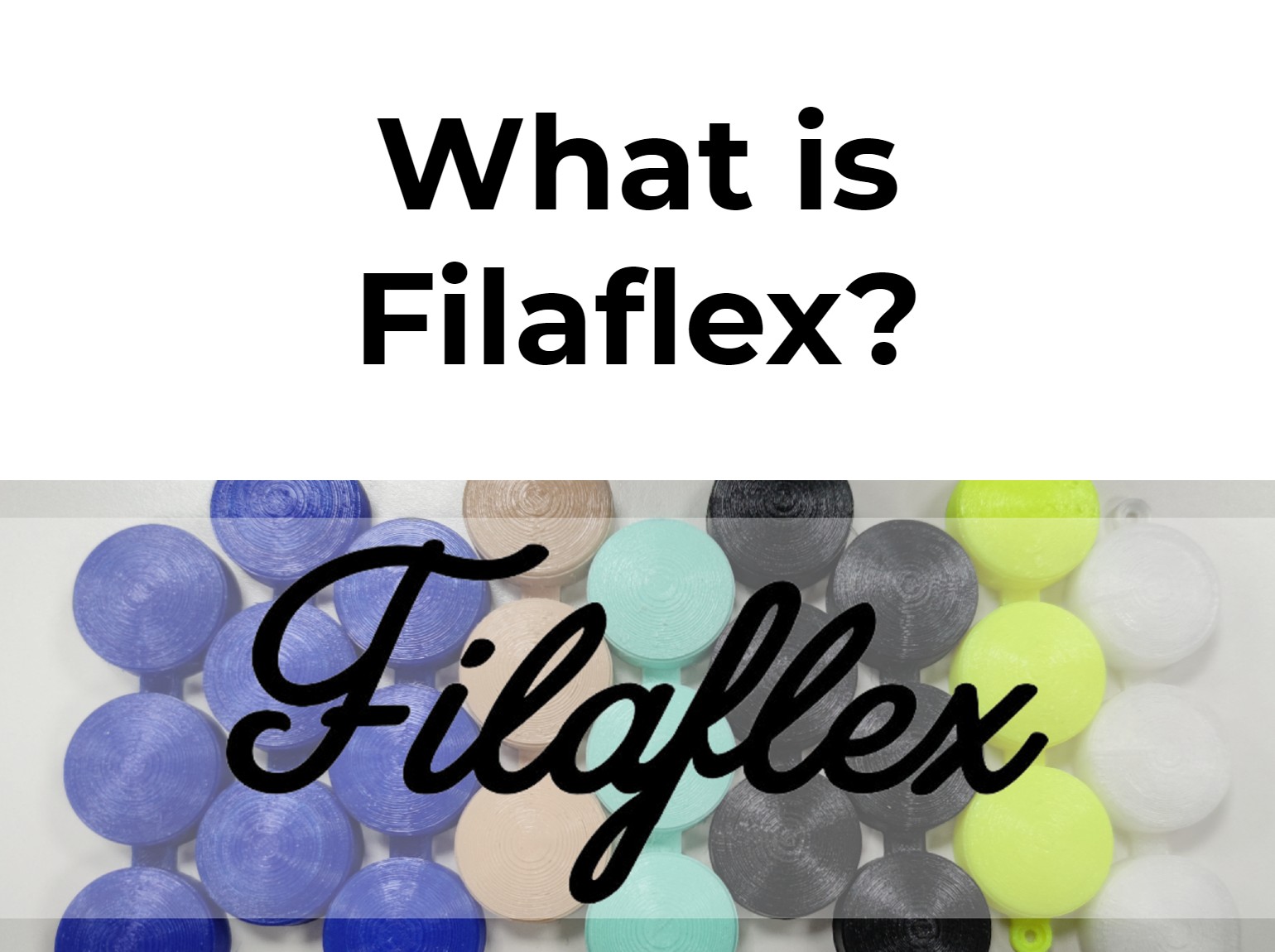







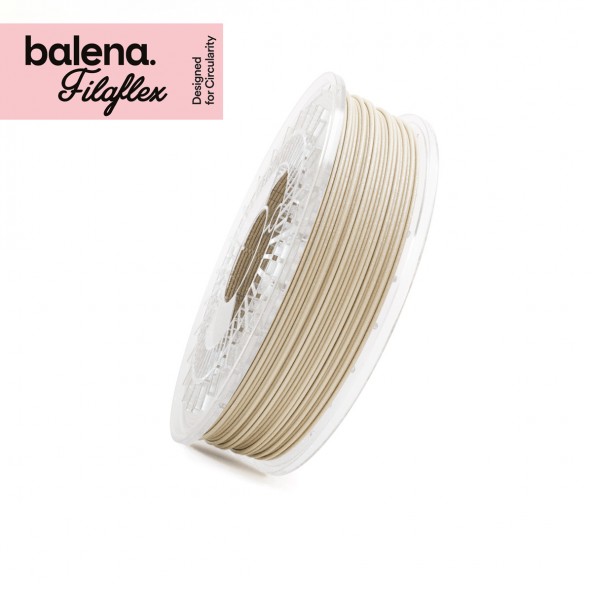
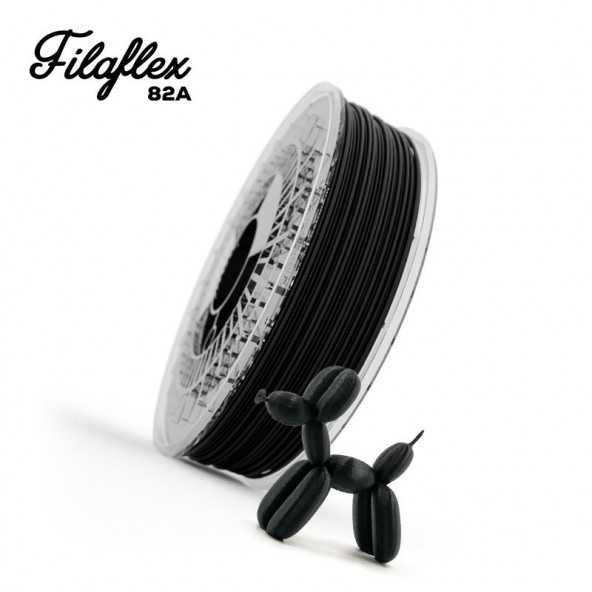

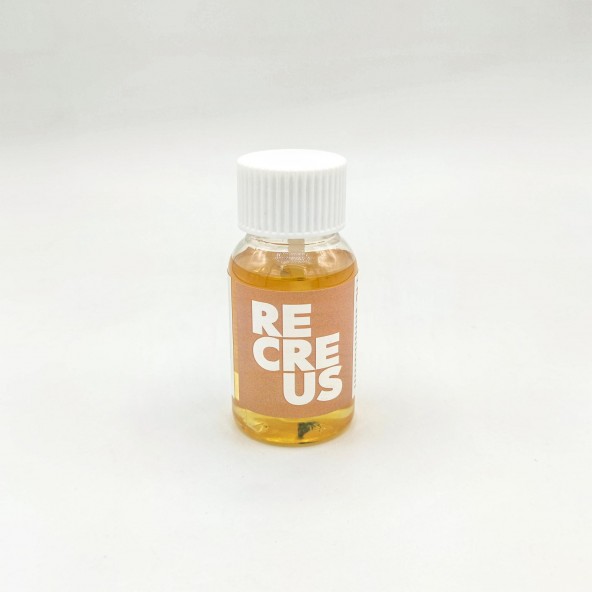
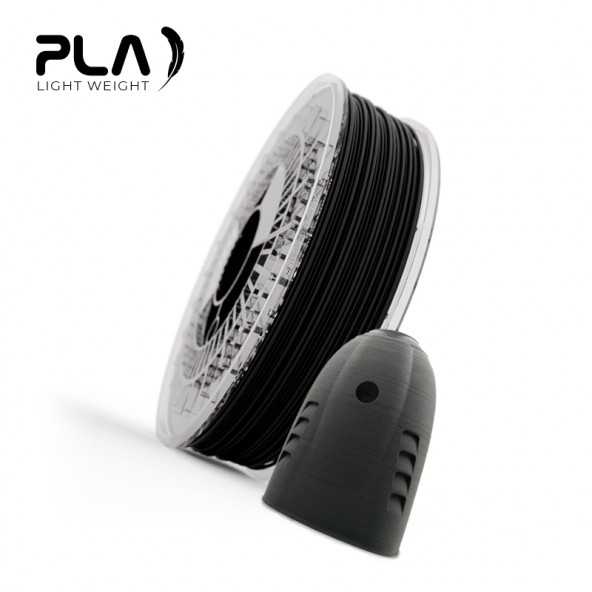

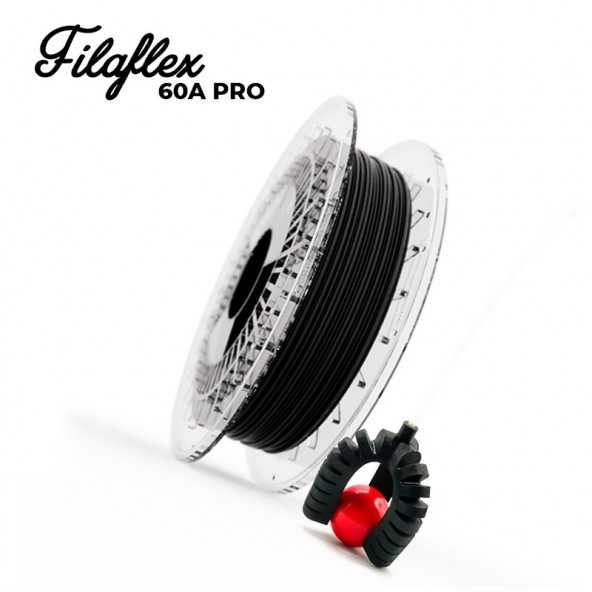
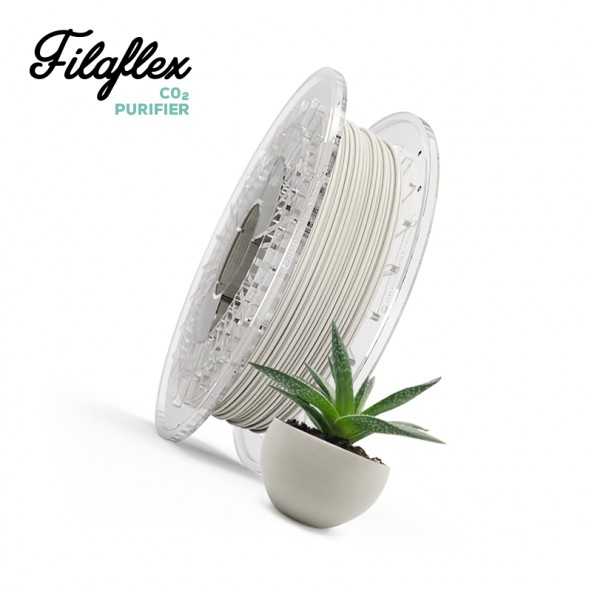
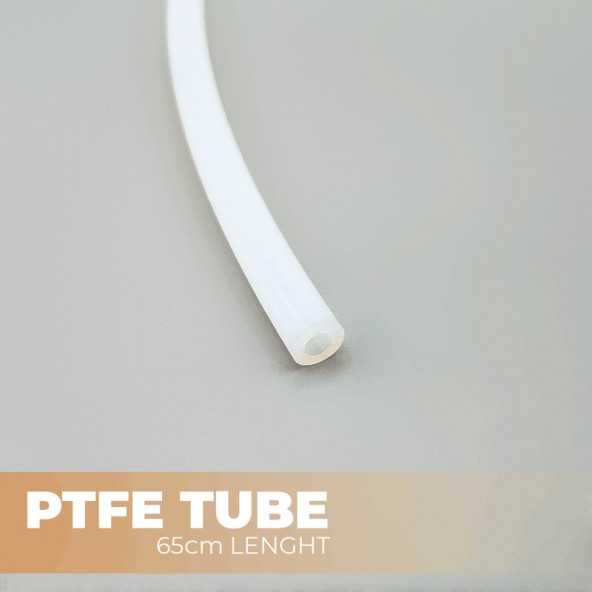
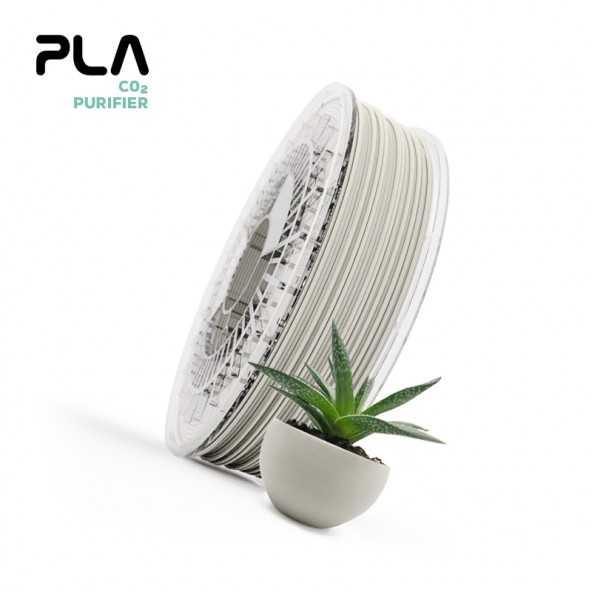
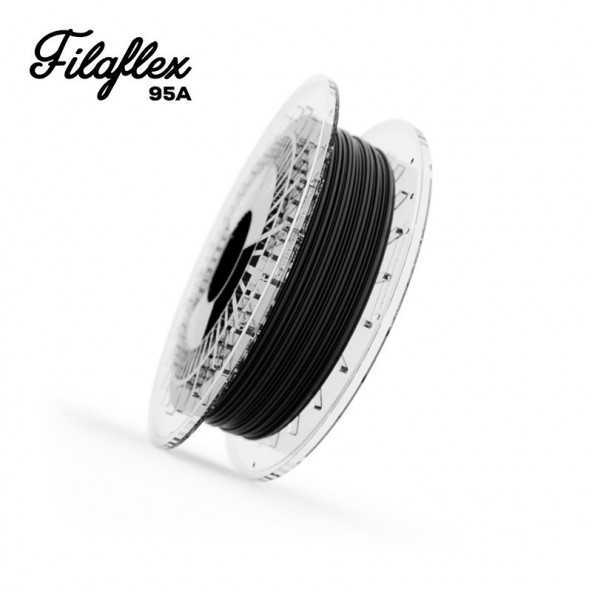
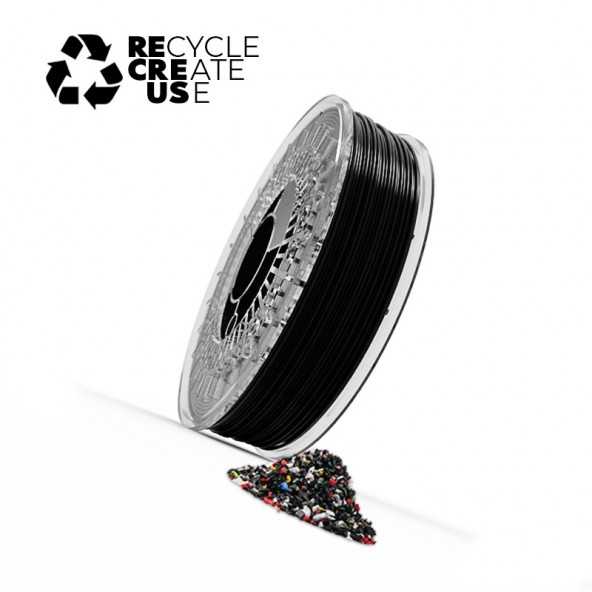
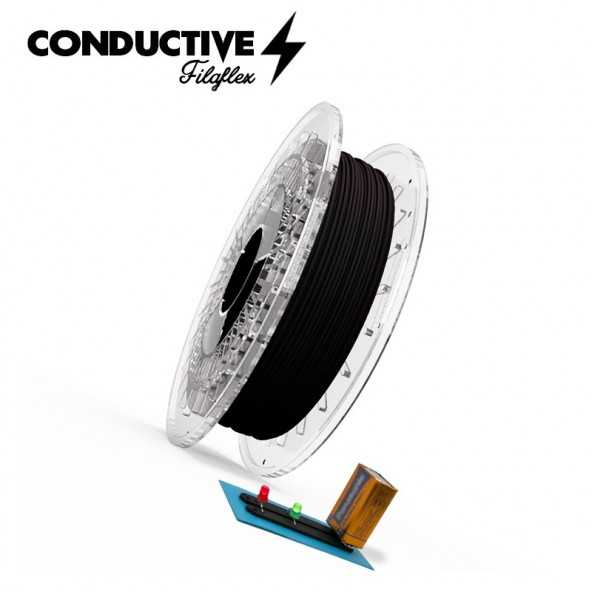
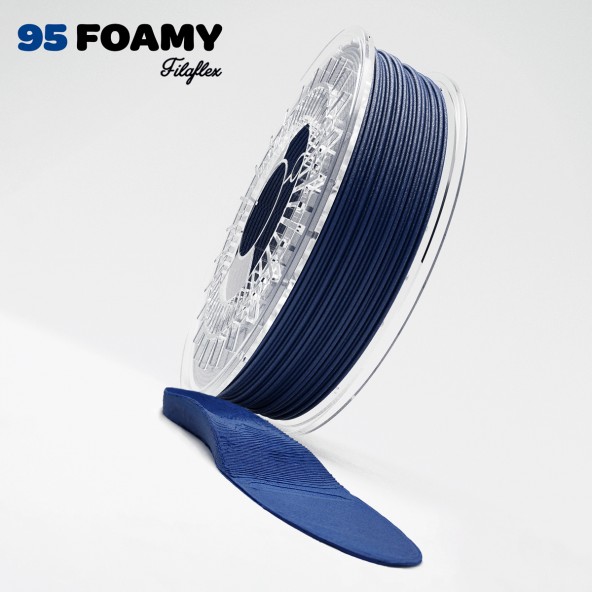
I really like this
I don't have a lot of 3D printing experience, but I have been able to get some very nice super-flexy prints of a product shell at 0.8mm thickness around the outside with this using a Ender 3 V2 with a Sprite Pro direct drive extruder.
I had slow the speed to 10mm/s and I'm using 240c temp and 0.32 layer height. The transparent also has a nice shiny Fresnel lens appearance.